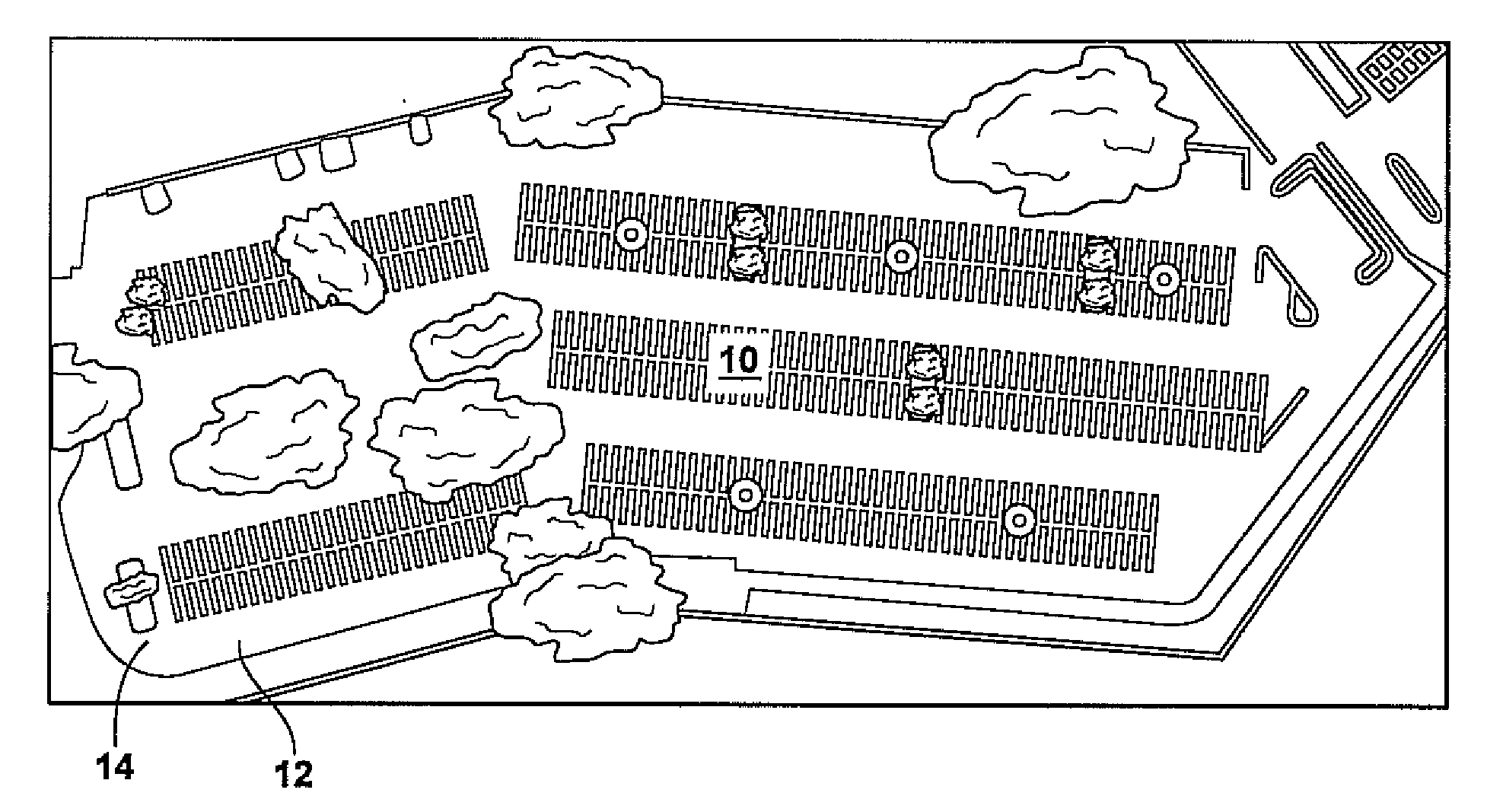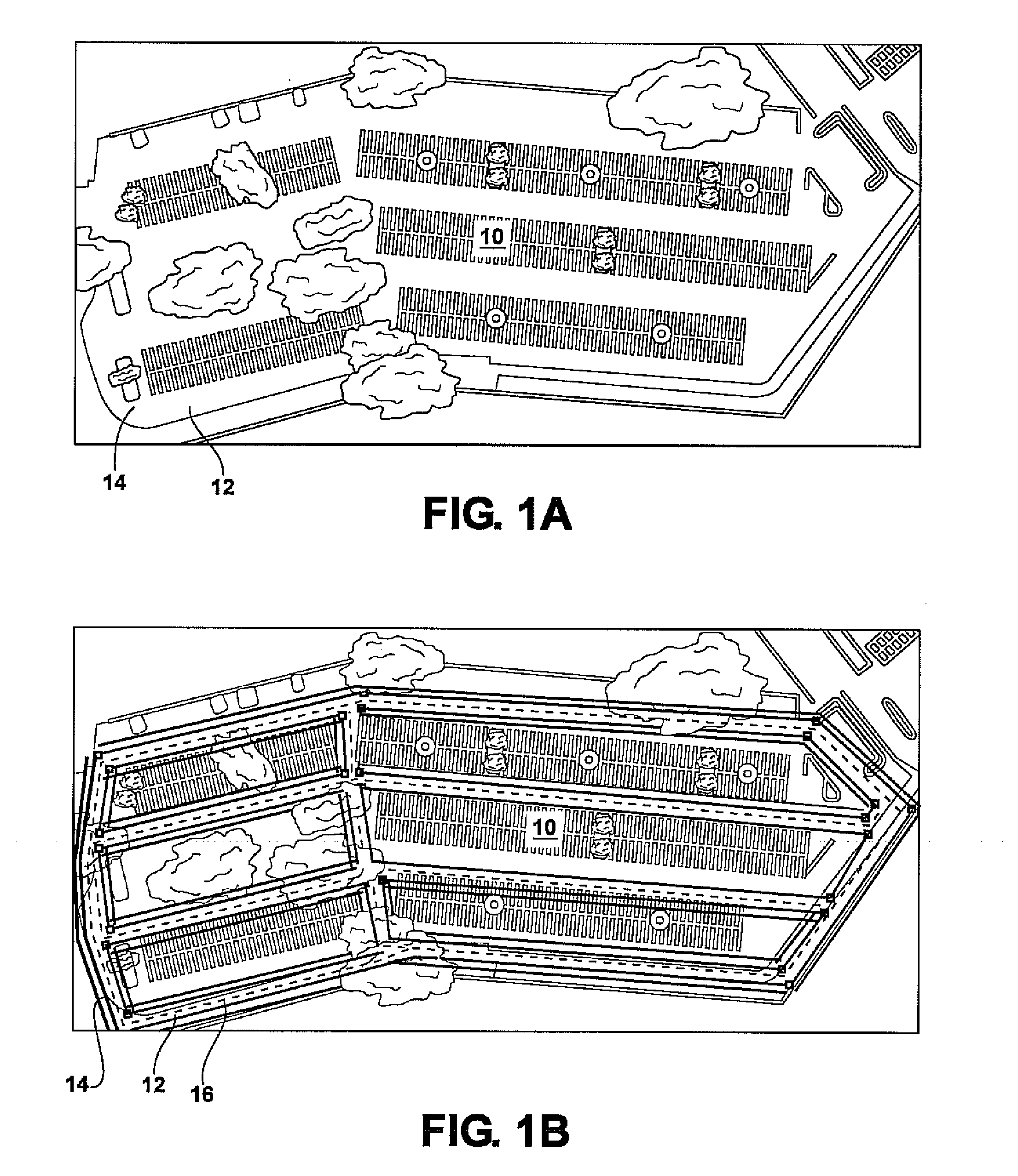Detecting principal directions of unknown environments
a technology of unknown environments and driving directions, applied in the direction of distance measurement, navigation instruments, instruments, etc., to achieve the effect of safe sharing of the environment, safer and more predictable manner
- Summary
- Abstract
- Description
- Claims
- Application Information
AI Technical Summary
Benefits of technology
Problems solved by technology
Method used
Image
Examples
examples
[0059]An algorithm was tested using a vehicle equipped with an Applanix pose estimation GPS-IMU system and a Velodyne 3D lidar. Representative examples of executing our method are shown in FIGS. 4A-4L. These fields of principal directions were determined during real driving experiments, the fields of principal direction being generated from lidar sensor data using a method such as described herein. Environment image data was collected using the 3D lidar.
[0060]In FIG. 4A-4L, generally the left column of images shows the 2D obstacle map obtained from the vehicle sensors. The center column shows the linear features detected in the obstacles map using a method such as described above, these linear features serve as the input to the MRF. The right column of shows the resulting field of principal directions computed by conjugate-gradient optimization.
[0061]FIGS. 4A-4C show a nearly ideal scenario: a parking lot 140 with two main orthogonal principal directions, e.g. linear boundary 142, w...
PUM
 Login to View More
Login to View More Abstract
Description
Claims
Application Information
 Login to View More
Login to View More - R&D
- Intellectual Property
- Life Sciences
- Materials
- Tech Scout
- Unparalleled Data Quality
- Higher Quality Content
- 60% Fewer Hallucinations
Browse by: Latest US Patents, China's latest patents, Technical Efficacy Thesaurus, Application Domain, Technology Topic, Popular Technical Reports.
© 2025 PatSnap. All rights reserved.Legal|Privacy policy|Modern Slavery Act Transparency Statement|Sitemap|About US| Contact US: help@patsnap.com



